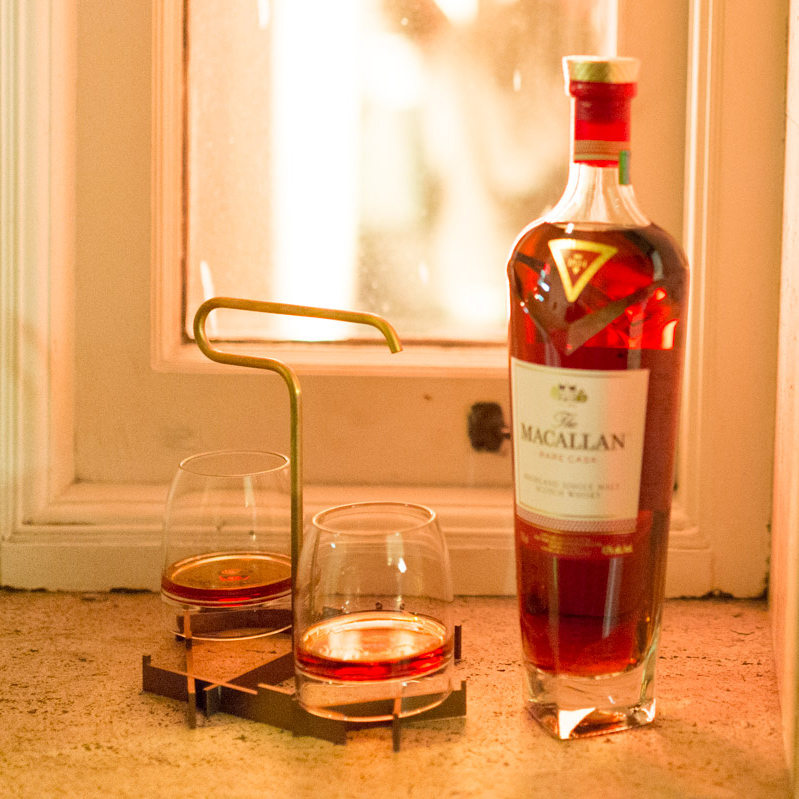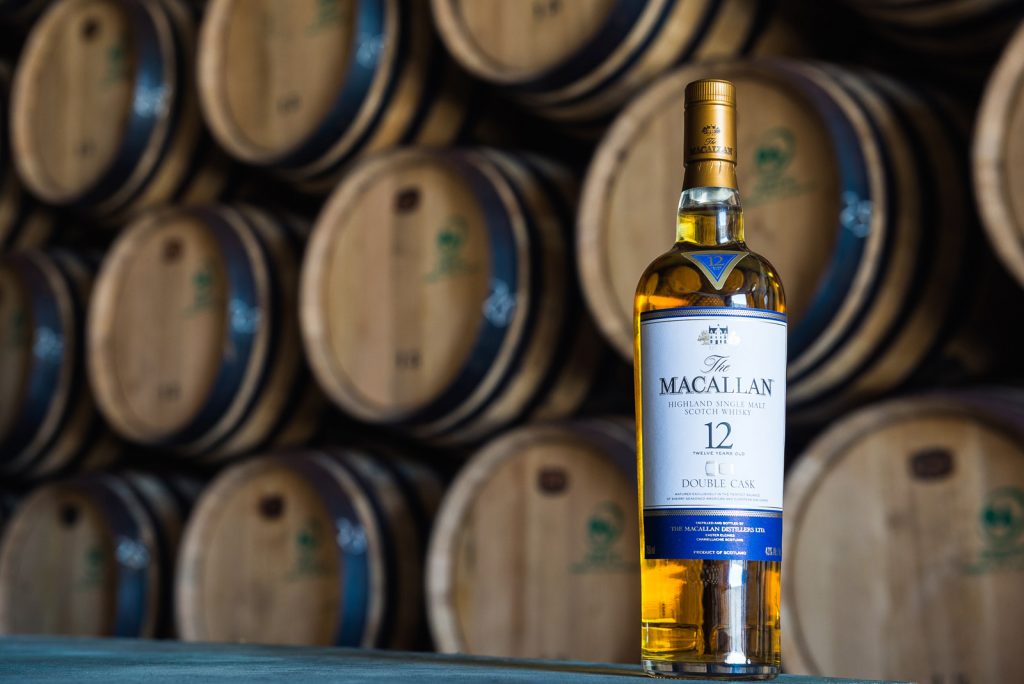Inside The Macallan’s Sherry-Producing Partners in Jerez, Spain
Touring cooperages and bodegas for the sweet, spiced fortified wine

You may be one of the rare ones; a person occasionally taking a sip of sherry or using some to cook. Yet despite emphatic attention to detail and quality, sherry has more or less fallen out of favor. Gone are the days of Edgar Allen Poe’s macabre tale “The Cask of Amontillado.” But its influence has not disappeared. Scotch drinkers know this more than many, for in Jerez de la Frontera—mere miles from Gibraltar also in Andalusia, Spain (and Tangier, Morocco for that matter)—sherry barrels lay in wait at aging bodegas for an ultimate voyage to Scotland where they’ll lend their flavors to whisky. The Macallan has partnerships with three of the region’s four cooperages—where barrels are made or repaired—and maintains vigilance in their process of sourcing wood from Europe and America. Some 80% of The Macallan’s luscious flavors and aromas come from this wood. Thus, sherry cooperages and bodegas are integral.

The two Spanish components go hand-in-hand and nobody in Scotland understands them quite as well as Stuart MacPherson, The Macallan’s Master of Wood (as well as Spanish Operations Manager). “I think the first time I went into Spain was 1990,” he explains to us. “It was just part of an education experience, around the harvest time.” MacPherson’s background is in coopering, and his previous experience ranges from apprenticeship to Cooperage Manager. “If you look to coopering as a craft in Spain, and what is involved in it, in comparison to what I learned in my profession as a cooper in Scotland, it’s totally different.” He notes the attention to detail, care for toasting temperature, and wood species as variants during production. Right now MacPherson spends one or two weeks of every month in Jerez.

“There might be new machinery that comes in but these core skills will still remain,” he continues. The father-and-daughter team at the Hudosa Cooperage attests to this. They’re on the third generation in the industry, but their family has been working with wine since 1730s. They’re the largest producer for The Macallan’s parent company, and their process is elaborate. After sourcing timber from select partners in the US only, the coopers then dry the wood for 12 to 18 months. It’s then sliced, shaped, bent, and assembled in 500-liter butts and puncheons. These are tested and toasted before any sherry enters.

There are three main structural compounds of oak—one of which will lend sherry flavor and ultimately scotch. Fire activates it. “You need heat at certain levels to start to break down hemicellulose,” MacPherson explains, “This is to convert it and begin the caramelization of sugars. It’s from these that people start to understand flavors, the vanillas and toffees, that are derived from it.”
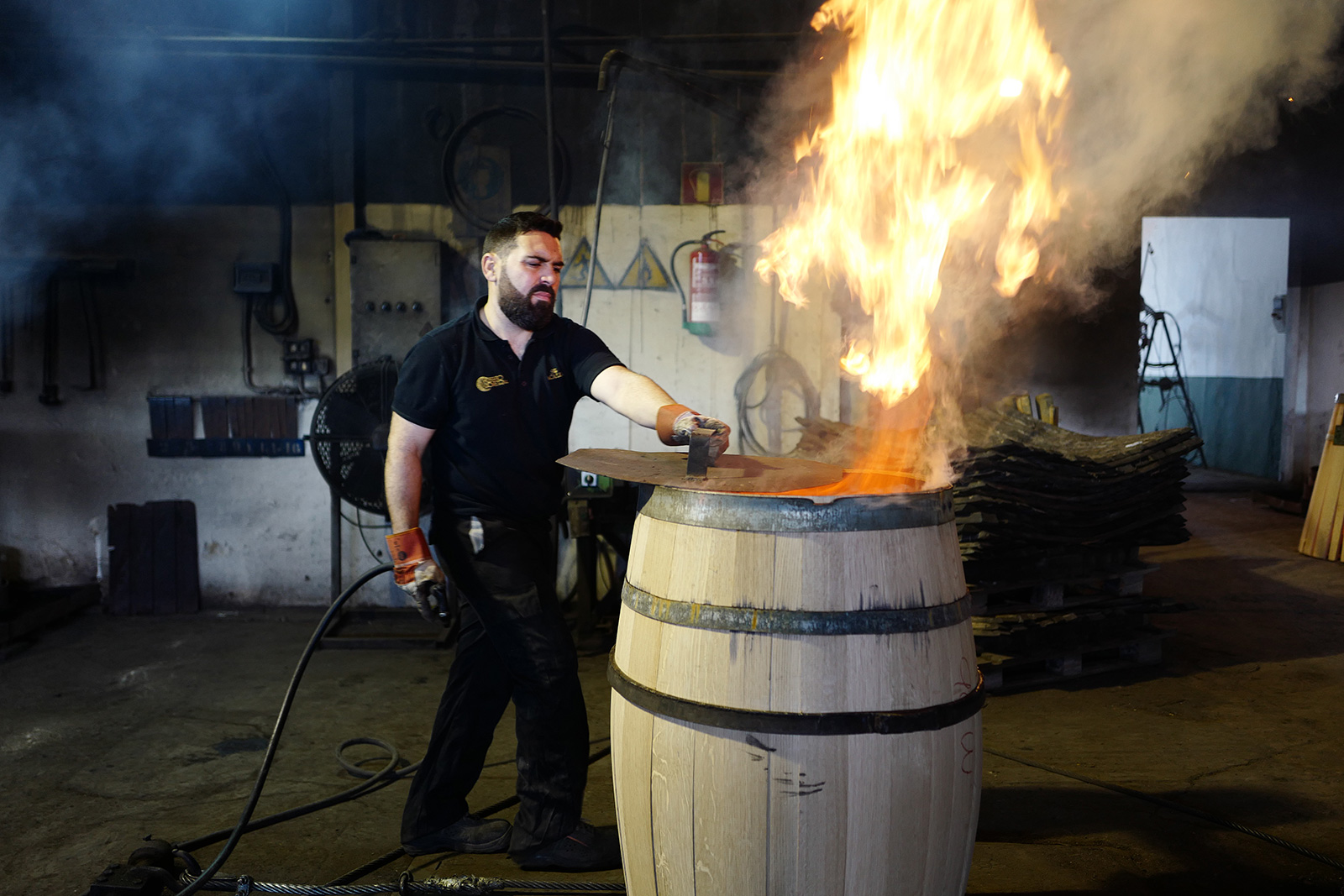
It’s worth noting that as important as timber is, people’s perception of felling trees has changed—and with it have standards and practices. “It’s about sustainability and forest management,” MacPherson adds. He notes that certain surveys now say there are more trees in areas providing wood than before. But, “Are they the right trees for the region? What’s the growth of them?” he asks. “The next steps for the industry require further traceability and education.” Research has already translated into action. Both the sherry producers and The Macallan are keeping abreast.
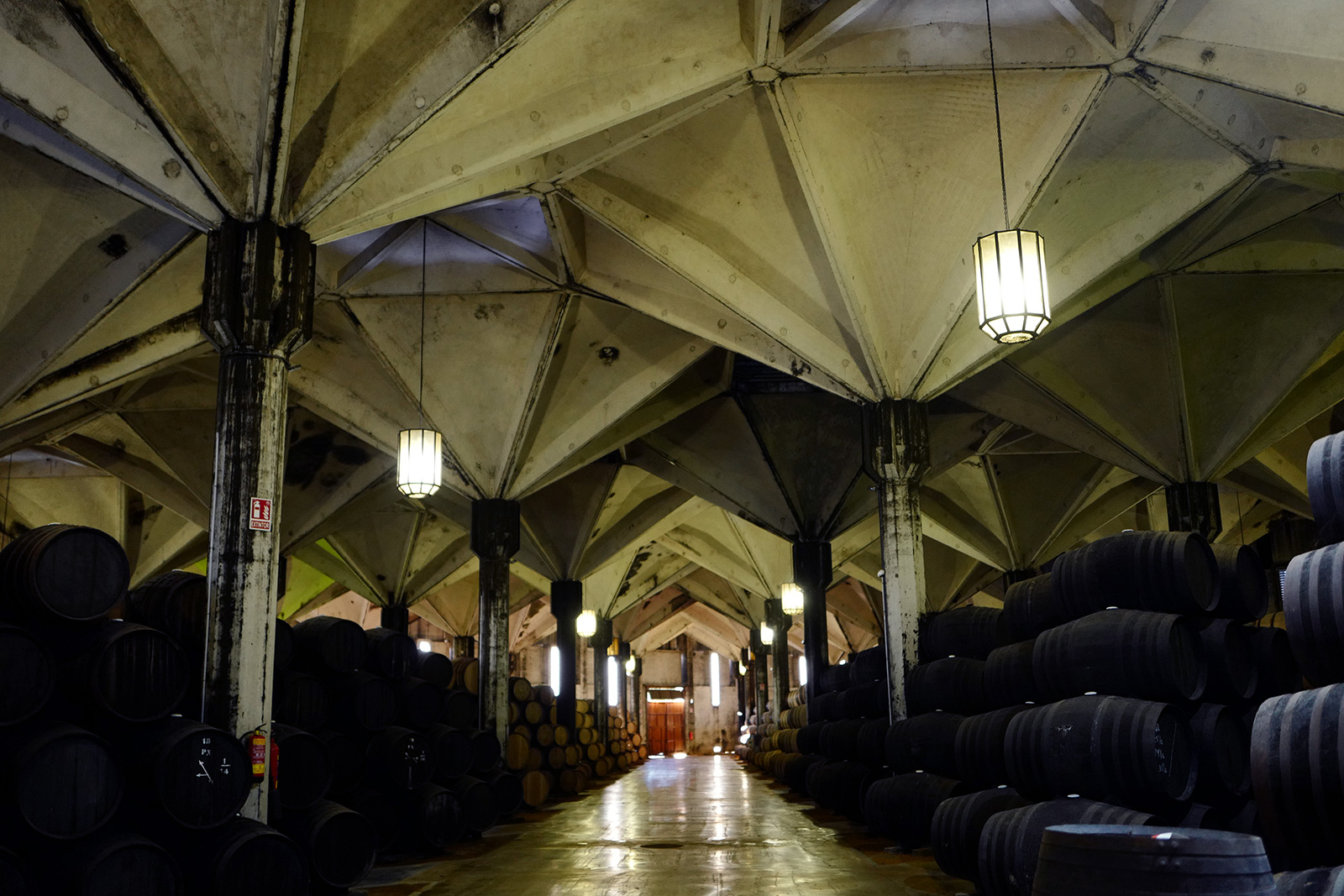
After all cask types pass through the hands of coopers and the sherry is poured inside, they make their way to bodegas. Hudosa partners with Williams & Humbert—which owns and looks after the biggest cathedral bodega in Europe. There are 60,000 barrels inside the cavernous facility, 17,000 of which are dedicated to The Macallan. It’s a dank and moldy (this is necessary) place where everything ages. Row upon row rise upward. “The wine doesn’t belong to us. All that we are interested in is that it’s 18% ABV and it’s an Oloroso,” MacPherson explains. Thus, Williams & Humbert sell sherry, like the wonderful Dry Sack (sack means sherry), after The Macallan receives the sherry seasoned barrels.
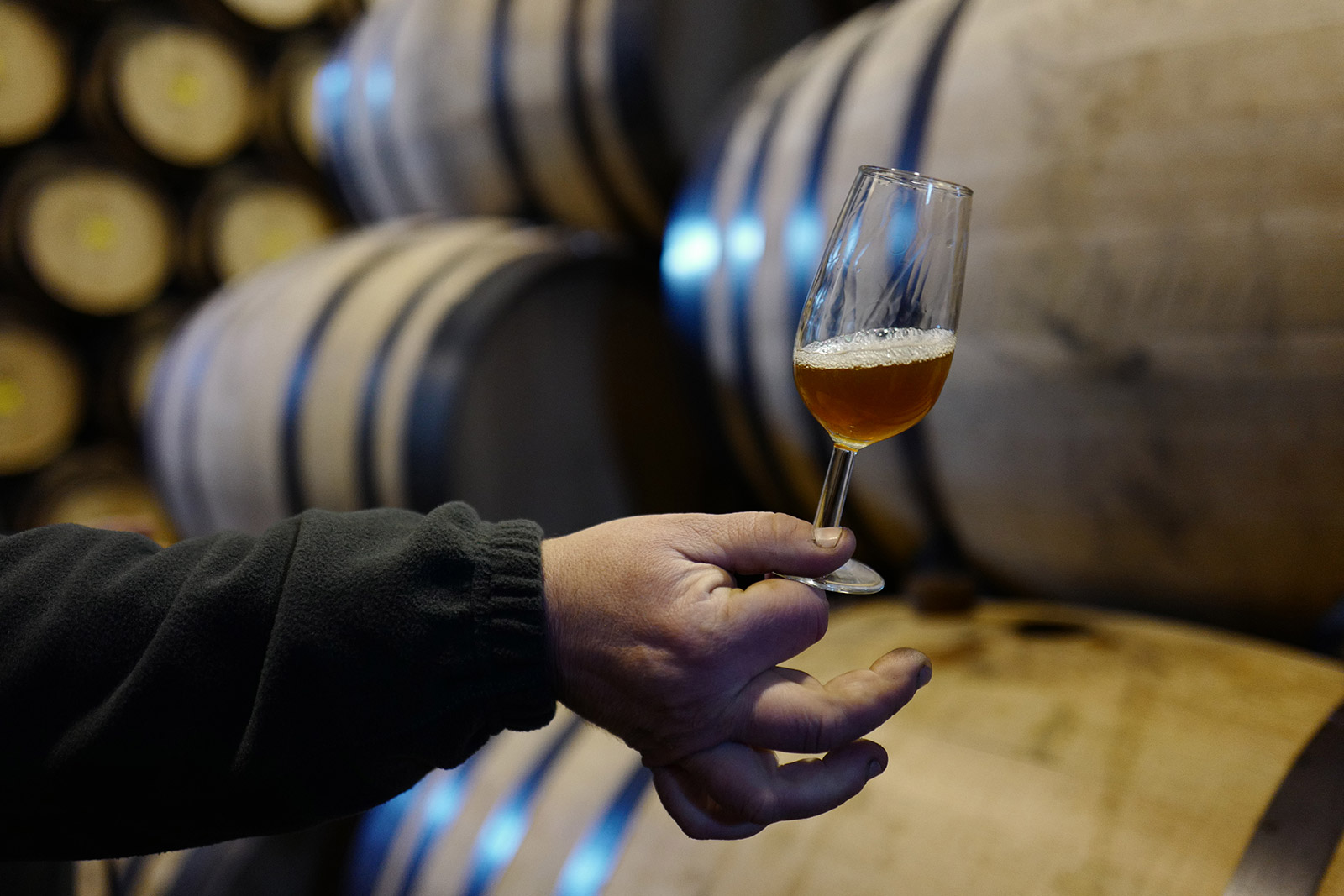
Facilities like Williams & Humbert produce a range of sherries, including Fino, Manzanilla and Oloroso. While the latter takes from the wood, it also gives back. It’s fascinating then that so many tasting notes of scotch hail from a natural, sherry-seasoned piece of timber. “That lower ABV wine or alcohol, it’s working with the higher ABV spirits to mellow out harshness and to nurture its development. Over that period of time, these 10 or 12 years and beyond, that’s where the interaction takes place,” he says.
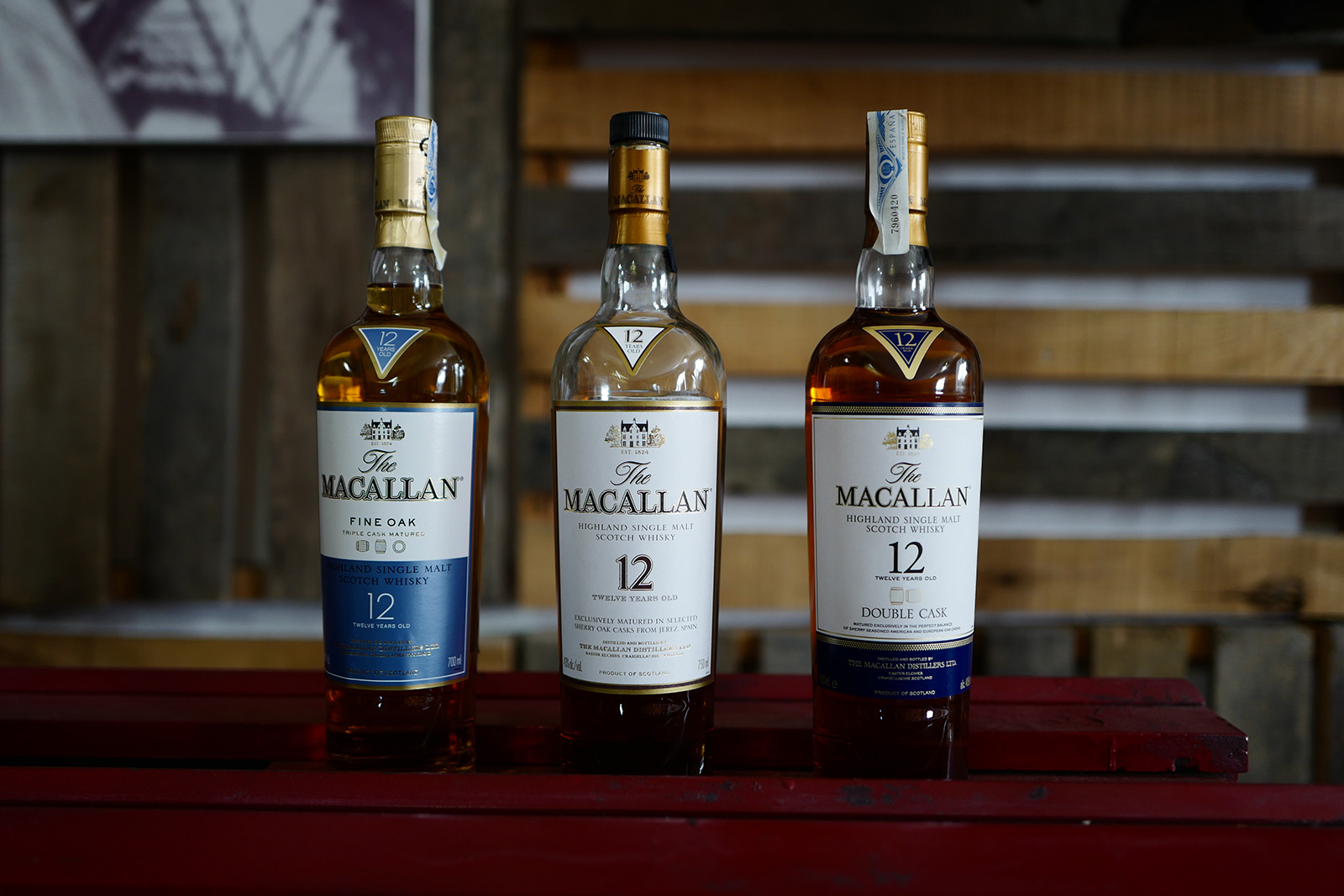
Sherry was once considered the world’s finest wine. Its history stretches back centuries. In 1933, Spain issued their first-ever Denominación de Origen, the D.O. Jerez-Xeres-Sherry. It recognizes the importance of regulation and preservation. Scotch benefits. It’s easy to understand this through a comparative tasting of the three types of The Macallan bearing a 12-year age statement, especially with a glass of Oloroso. Sherry’s influence appears in complexity, and it’s central to the one of the most well-received singe malt scotch whiskies in the world.
Images by David Graver

